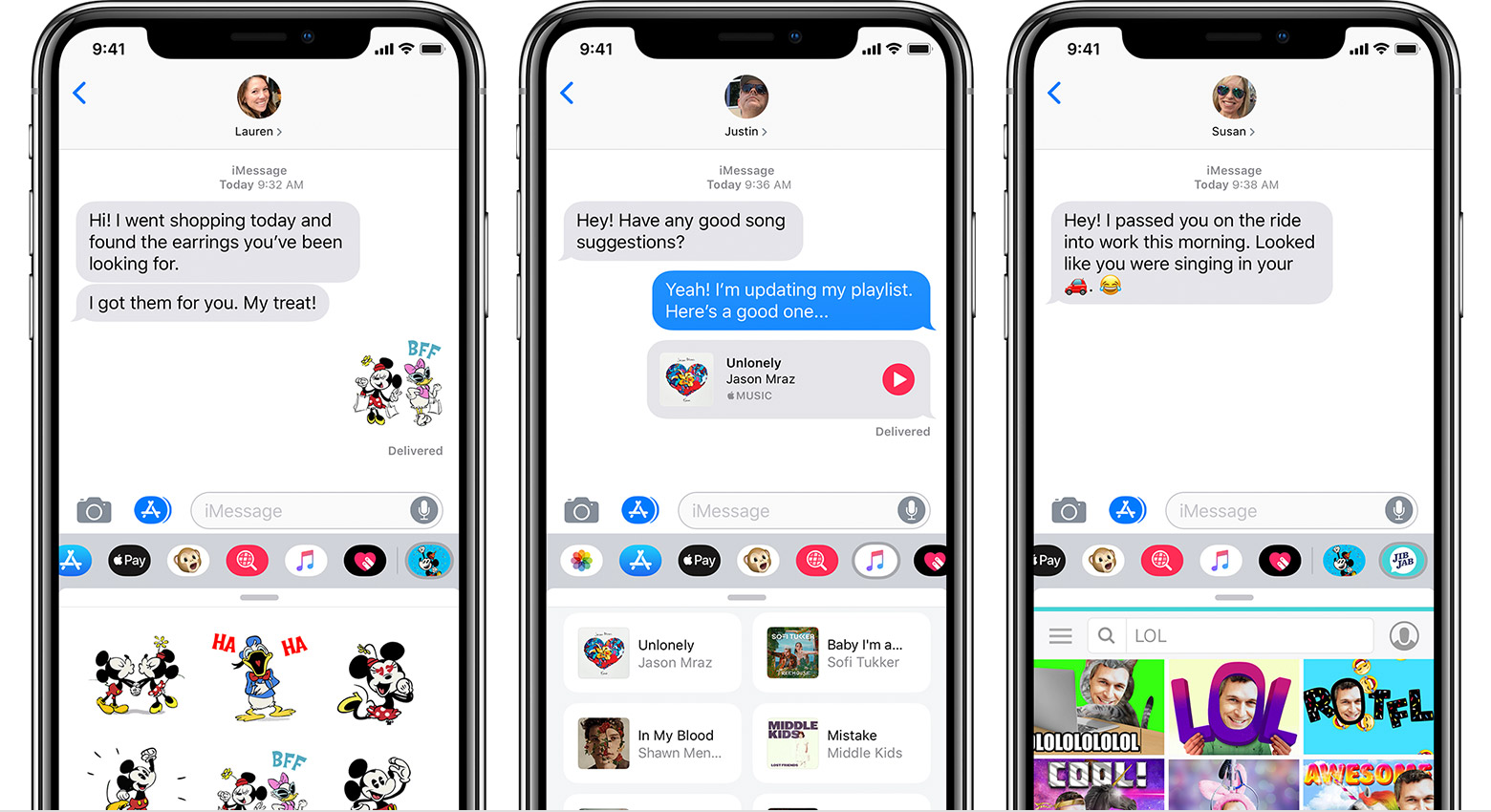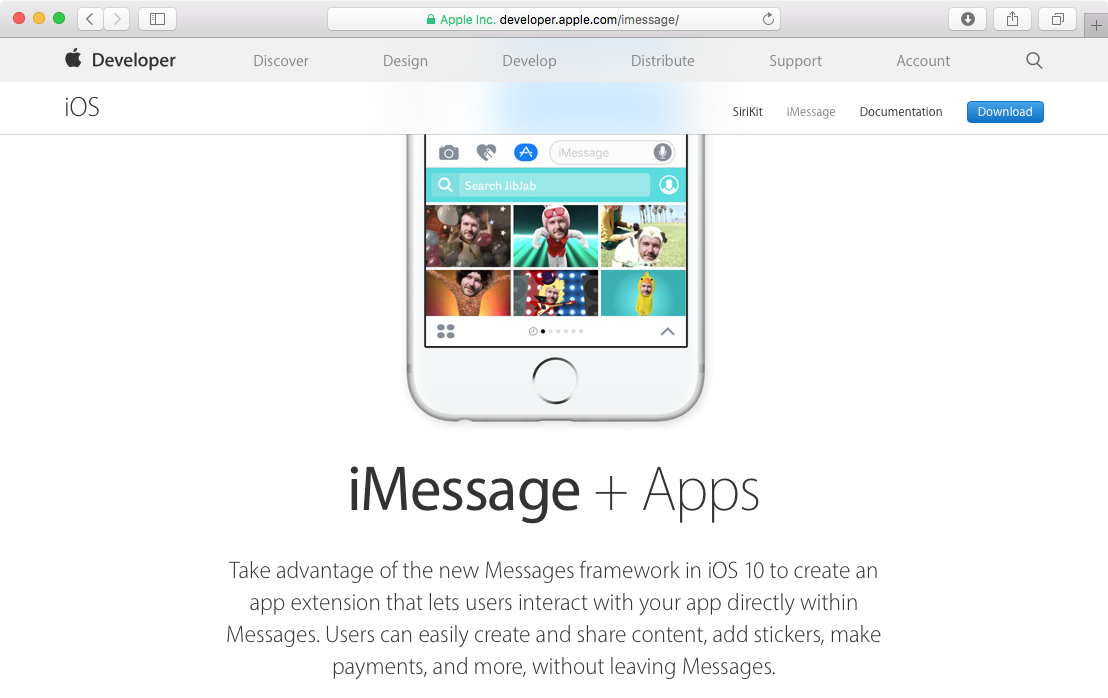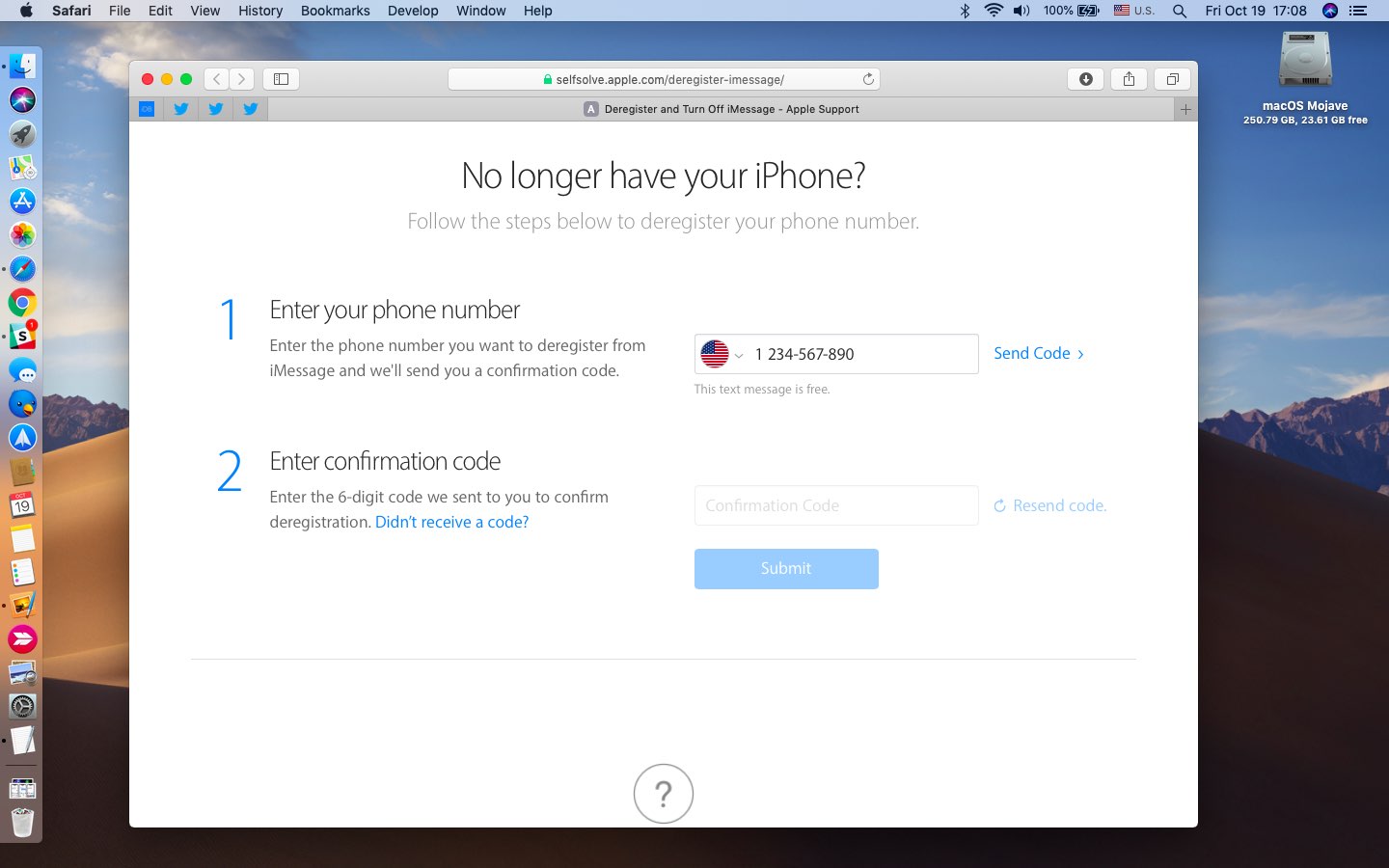How Apple tried, and failed, to push carriers toward adopting a standardized iMessage

Apple once proposed that major wireless carriers adopt a standardized version of iMessage, its proprietary instant messaging service, but they balked at the idea and didn’t bite.
Green bubbles!
The little nugget was revealed by ex-iOS boss Scott Forstall in an editorial published yesterday in The Wall Street Journal. Speaking with reporter Joanna Stern, Forstall explained that carriers refused to adopt a standardized version of iMessage that worked across platforms and carriers due to the existing incompatibilities and the state of SMS technology.
TUTORIAL: How to deregister your phone number from iMessage
Here’s the money quote:
We approached the carriers to pursue adding features to the existing texting systems and removing the additional customer costs. For various reasons, from the difficulty of extending the existing standards to challenges with interoperability between texting systems and carriers to the desire of carriers to protect a significant revenue stream, these explorations didn’t pan out.
Apple created iMessage because it wanted “messaging to feel more like a conversation,” the former iOS chief addd. as a quick refresher, he was fired in 2012 over his refusal to sign an apology over the Maps debacle.
And so this is where we stand now.
Instead of working to reach a mutually beneficial solution that would have benefitted the entire industry and customers, we are now living in a green bubble world where Apple is often thought of leveraging iMessage to make switching to Android hard.
This isn’t entirely Apple’s fault—SMS system is outdated while iMessage is evolving continually.

The green bubble is how Apple users know they’re chatting with someone on Android
Part of the reason why SMS and iMessage can hardly ever be interoperable is because SMS lacks support for things like the typing indicator, read receipts and more.
As Joanna herself succinctly explained:
That means no acknowledgments when a message is delivered, read or that someone is typing a response. It also means limited video sharing and visual tools and less, if any, compatibility with the more advanced iMessage apps, like Apple Pay.
Worse, SMS is easily hacked and doesn’t support end-to-end encryption like iMessage.
Introducing RCS
Telecommunication companies have been using the same SMS and MMS services for years.
In the past year or so, however, Android phone makers, Google and cellular carriers have started using the Rich Communication Services standard, or RCS. What RCS does it bridge the gap between the traditional texting systems like SMS and modern messaging apps and services like WhatsApp or iMessage.
TUTORIAL: How to remove a phone number from iMessage
Like many chat services, RCS requires Internet connectivity because it brings a host of features unsupported by the aging SMS/MMS protocol. Some of the RCS perks include presence and visibility information, read receipts, typing indicators group chatting and so forth.
It’s unclear if Apple is actually planning on integrating support for the RCS protocol in its operating systems, but one thing is clear—it views iMessage as a major competitive advantage.
When retired technology columnist Walt Mossberg in 2016 asked a senior Apple executive why iMessage wasn’t being expanded to other platforms, he was given two answers.

iMessage apps make porting the system to non-Apple platforms virtually impossible
First, Apple considers its own user base of 1+ billion active devices to provide a large enough data set for any possible AI learning it is working on. And second, having a superior messaging platform that only worked on Apple devices would help sales of those devices.
As we underscored, RCS brings the best of modern messaging apps to cross-platform texting. Not only is RCS way faster than SMS, but supports read receipts and typing indicators. RCS messaging is currently unencrypted, but as industry players continue adopting the standard it should gain additional features like end-to-end encryption.
Apple adopting the RCS standard in the future would solve the green bubble issues in one fell swoop, as Joanna notes in her amusing video that I’ve embedded below.
But will it?
Quo vadis, iMessage?
Or Apple could just port iMessage to other platforms and call it a day, right?
The main problem with that is iMessage’s scope and breadth. The feature has come a long way from its inception in 2011 as part of the iOS 5 update when you could only chat and send some attachments to nowadays. Now a platform, iMessage now supports group chatting, stickers, apps, reactions and other interactive features.

Don’t have access to your iPhone? Deregister iMessage online!
Were Apple to bring the full iMessage to a foreign OS, it’d also have to port most of the underlying operating system to make all iMessage app work or risk fragmenting the platform.
Daring Fireball’s John Gruber heard from source back in 2016 that mockups of iMessage for Android had circulated within Apple with varying interface styles ranging from looking like the iOS Messages app to pure Material Design.
To this date, iMessage for Android remains nowhere to be seen.
Your two cents
Would Apple be shooting themselves in the foot by porting iMessage over to the Android platform, do you think? If iMessage existed on Android, would you use it?
Let us know by leaving a comment below.
Source link: https://www.idownloadblog.com/2018/10/19/scott-forstall-imessage-carriers/



Leave a Reply